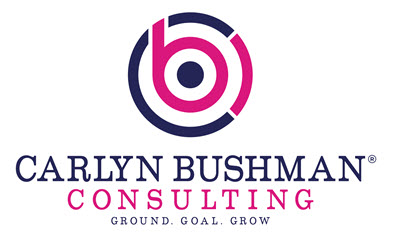Want bigger results?
Track your business metrics with a dashboard
“Where your focus goes, your energy flows.”
— Tony Robbins
Focus is the name of the game when it comes to entrepreneurship, and so is tracking your business metrics. Because if you don’t track it, you can’t change it.
If you’re spreading yourself too thin and taking on more than you can handle, nothing gets the best only you can offer.
That’s where a dashboard comes in, it helps guide your focus while offering solid metrics to keep you working on the tasks that produce a result rather than keep you busy.





